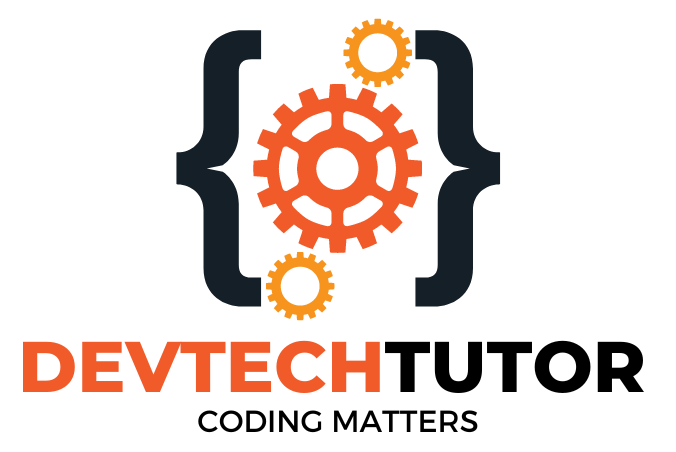Understanding Trading Platforms and Tools
Introduction
Welcome to Day 3 of our Comprehensive Trading Bootcamp! Today, we delve into trading platforms and tools, crucial for executing trades efficiently and analyzing market trends. Whether you’re trading stocks, cryptocurrencies, or funds, understanding how to leverage these platforms and tools will significantly enhance your trading capabilities.
What is a Trading Platform?
A trading platform is software that allows investors and traders to open, manage, and close market positions through a financial intermediary. These platforms provide tools for charting, technical analysis, and risk management, making it easier for users to make informed decisions.
Types of Trading Platforms
1. Web-based Platforms
Web-based platforms are accessible through internet browsers without the need for software installation. They are convenient for users who prefer trading from multiple devices.
Example: E*TRADE offers a comprehensive web-based platform with tools for stocks, options, and futures trading.
2. Desktop Platforms
Desktop platforms require software installation on a personal computer. They typically offer more robust features and faster performance.
Example: MetaTrader 4 (MT4) is a popular desktop platform known for forex trading and advanced charting tools.
3. Mobile Platforms
Mobile trading platforms allow traders to manage their investments on the go. They offer the flexibility to trade from anywhere.
Example: Robinhood provides a user-friendly mobile app ideal for beginner traders interested in stocks and cryptocurrencies.
Essential Features of Trading Platforms
1. User Interface and Experience
A good trading platform should have an intuitive and easy-to-navigate interface. This helps traders to execute trades quickly and efficiently.
Example: TD Ameritrade’s Thinkorswim platform is renowned for its user-friendly design and powerful trading tools.
2. Charting Tools
Charting tools are essential for technical analysis. They help traders to visualize market trends and make data-driven decisions.
Example: TradingView offers extensive charting tools with numerous indicators and drawing tools to aid technical analysis.
3. Technical Indicators
Technical indicators are mathematical calculations based on the price, volume, or open interest of a security. They help traders predict future price movements.
Example: Moving Averages (MA), Relative Strength Index (RSI), and MACD are commonly used indicators available on most platforms.
4. Order Types and Execution
A reliable trading platform should support various order types, including market, limit, stop-loss, and trailing stop orders.
Example: Interactive Brokers provides a wide range of order types, ensuring precise trade execution and risk management.
5. Research and News
Access to the latest market news and research reports is crucial for making informed trading decisions.
Example: Bloomberg Terminal is a premier source of financial news, analytics, and trading tools used by professional traders.
Practical Examples
Here are ten practical examples of using trading platforms and tools:
- Using Moving Averages on TradingView: Set up moving averages on a stock chart to identify trends and potential buy/sell signals.
- Creating Alerts on Robinhood: Set price alerts for cryptocurrencies to get notified of significant price movements.
- Backtesting Strategies on MetaTrader 4: Use historical data to test the performance of trading strategies before deploying them live.
- Placing Limit Orders on E*TRADE: Execute limit orders to buy stocks at a specified price, ensuring better control over entry points.
- Using RSI on Thinkorswim: Analyze the RSI to identify overbought or oversold conditions in the market.
- Executing Stop-Loss Orders on Interactive Brokers: Protect your investments by setting stop-loss orders to minimize potential losses.
- Utilizing Bloomberg Terminal for Research: Access in-depth research reports and market analysis to inform trading decisions.
- Mobile Trading on Robinhood: Manage and execute trades conveniently using the mobile app.
- Analyzing Chart Patterns on TradingView: Identify chart patterns like head and shoulders or double tops to predict future price movements.
- Setting Up Custom Workspaces on MetaTrader 4: Customize your trading workspace to include preferred charts, indicators, and tools for a personalized trading experience.
Understanding and effectively utilizing trading platforms and tools is crucial for successful trading. Whether you’re analyzing charts, placing trades, or managing risks, these platforms offer a range of features to enhance your trading experience. Explore different platforms, practice using various tools, and develop a trading style that suits your needs.










